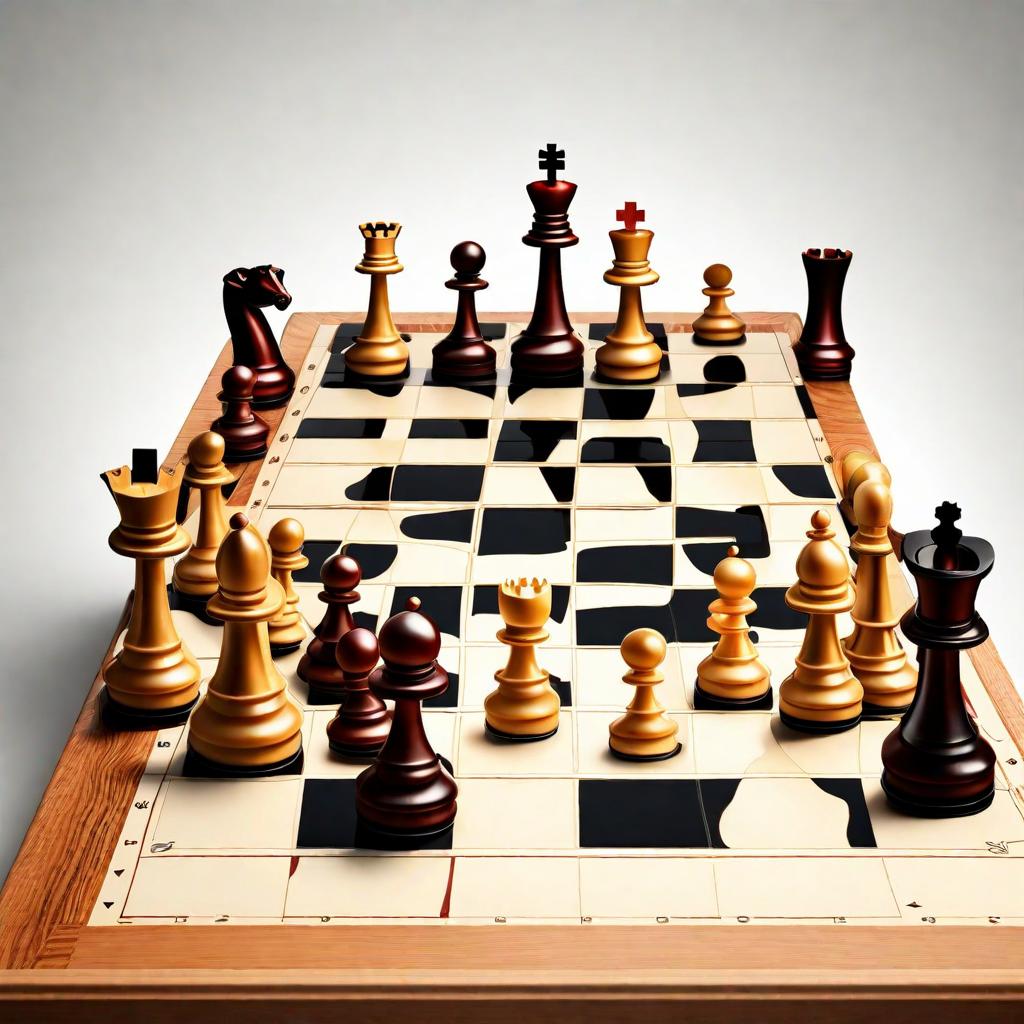How to Set Up Your Chess Board
Chess, the well established round of system and mind, has dazzled personalities for a really long time. Whether you’re a carefully prepared player or simply beginning your chess process, understanding how to set up the chessboard is the critical first move. In this complete aide, we’ll stroll through the means, piece by piece, to guarantee you’re prepared for the amazing fights that anticipate.
The Chessboard Fundamentals
Prior to diving into the particulars, we should lay out the foundation. A standard chessboard comprises of 64 squares organized in a 8×8 network. Every player begins with 16 pieces: one lord, one sovereign, two rooks, two knights, two diocesans, and eight pawns. The back line, or the “rank,” is where you’ll decisively situate your significant pieces.
Bit by bit Arrangement
1. Board Direction Matters
Start by putting the board so every player has a white square on their right-hand side. This normalizes the arrangement and guarantees a fair game.
2. Situating the Pawns
Pause for a minute to organize your eight pawns along the subsequent position, framing a defensive boundary before your significant pieces.
3. Rook Situation
On each edge of the board, position your rooks. These strong pieces control the flat positions and ought to be on the peripheral squares of the back line.
4. Knight Procedures
Close to the rooks, place your knights. Knights have an exceptional L-molded development, making their position a vital component in your general technique.
5. Cleric Strategies
The clerics come straightaway, possessing the squares adjoining the knights. They are important for controlling diagonals and supplementing your general guard.
6. Sovereign’s High position
In the middle, position your sovereign. This strong piece can move evenly, in an upward direction, and corner to corner, making it a central member in both offense and safeguard.
7. Lord’s Insurance
At last, place your ruler close to the sovereign. The ruler might move just a single square at a time but is the most basic piece on the load up. Keep it very much safeguarded behind a hearty line of different pieces.
Guaranteeing Fair Play
Chess manners stretches out past the arrangement. Prior to starting your game, guarantee that the board is accurately situated, pieces are in their assigned positions, and the two players settle on the course of action. This evades any false impressions and makes way for a fair and charming match.
Systems for Progress
Excelling at setting up the chessboard is only the start. To outsmart your adversary, think about these essential tips:
8. Control the Middle
Overwhelming the focal squares permits your parts of move unreservedly and comes down on your adversary’s situation.
9. Coordinate Your Pieces
Guarantee your pieces work agreeably together. An organized assault is much of the time more strong than dissipated endeavors.
10. Pawn Design Matters
Try not to underrate the significance of pawn structure. An efficient pawn development can set out open doors and breaking point your rival’s choices.

The Chessboard Fundamentals
This segment lays the foundation, covering major components, for example, the 8×8 framework and the 16 pieces every player has. It presents the idea of the “rank” and features the significance of key situation on the back column.
Bit by bit Arrangement
1. Board Direction Matters
Making sense of the significance of board direction guarantees clearness all along. The article stresses the requirement for a normalized arrangement, where the two players have a white square to one side, establishing the vibe for reasonableness.
2. Situating the Pawns
Diving into pawn situation, this part directs perusers on the most proficient method to make a defensive hindrance with the eight pawns along the subsequent position. This straightforward yet critical step starts the chessboard guard.
3. Rook Position
The position of rooks in the corners is featured, underlining their job as strong pieces controlling even positions. This segment underscores the meaning of key situating for powerful piece coordination.
4. Knight Procedures
Expounding on the interesting development of knights, this part underlines the essential significance of their arrangement close to rooks. Perusers gain experiences into what the L-molded development of knights means for generally speaking board elements.
5. Priest Strategies
Expanding on knight arrangement, this part examines the job of ministers in controlling diagonals. The essential game plan of clerics supplements the more extensive guarded structure.
6. Sovereign’s High position
Zeroing in on the sovereign’s focal job, this part highlights its flexibility in development. Setting the sovereign in the middle makes way for hostile and protective moves, molding the general game methodology.
7. Ruler’s Insurance
The last piece of the arrangement puzzle, the ruler, is examined here. Its restricted however basic development highlights the requirement for cautious assurance. Setting it behind a strong line of guard turns into a key technique.
Guaranteeing Fair Play
This part reaches out past the actual arrangement, underscoring the significance of pre-game checks to keep away from questions. It presents the idea of chess manners, advancing a positive and fair gaming experience.
Checkmate: An End
All in all, the excursion of setting up the chessboard is a urgent section in the more extensive story of the game. From the underlying situating of pawns to the essential position of significant pieces, each move adds to the unfurling story of a chess match. Keep in mind, while dominating the arrangement is fundamental, your essential ability and versatility will at last decide triumph. Thus, set up your board with accuracy, embrace the difficulties, and may each draw bring you nearer to checkmate brilliance.

3 thoughts on “Unraveling the Chessboard Mystery: A Comprehensive Guide on How to Set Up Your Chess Board”